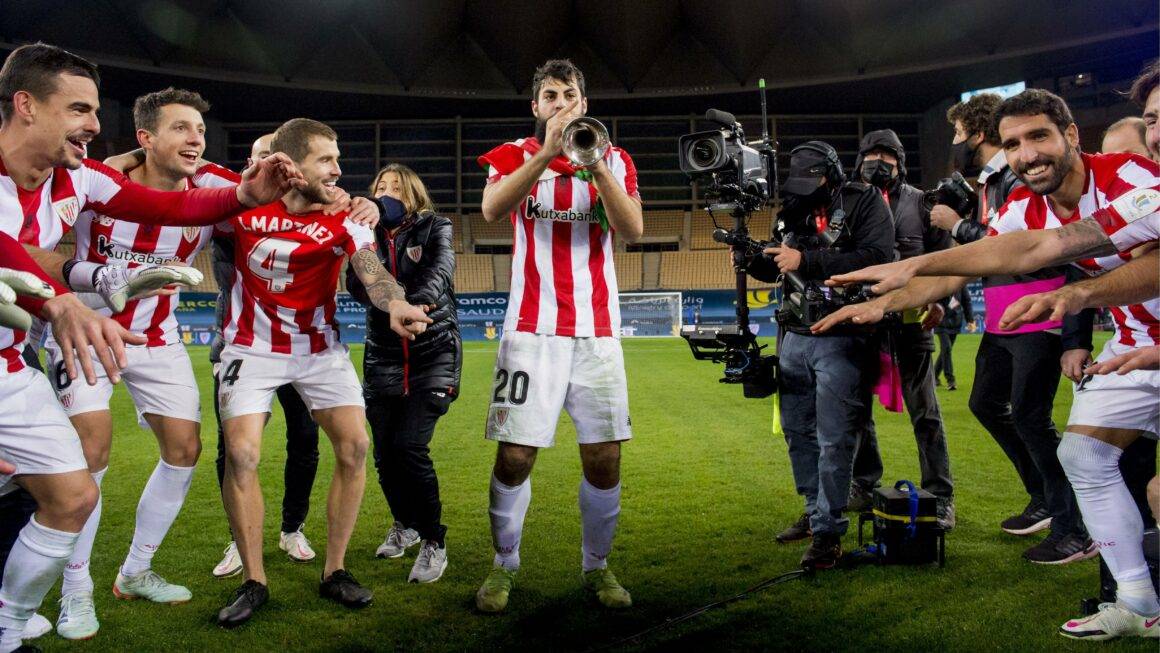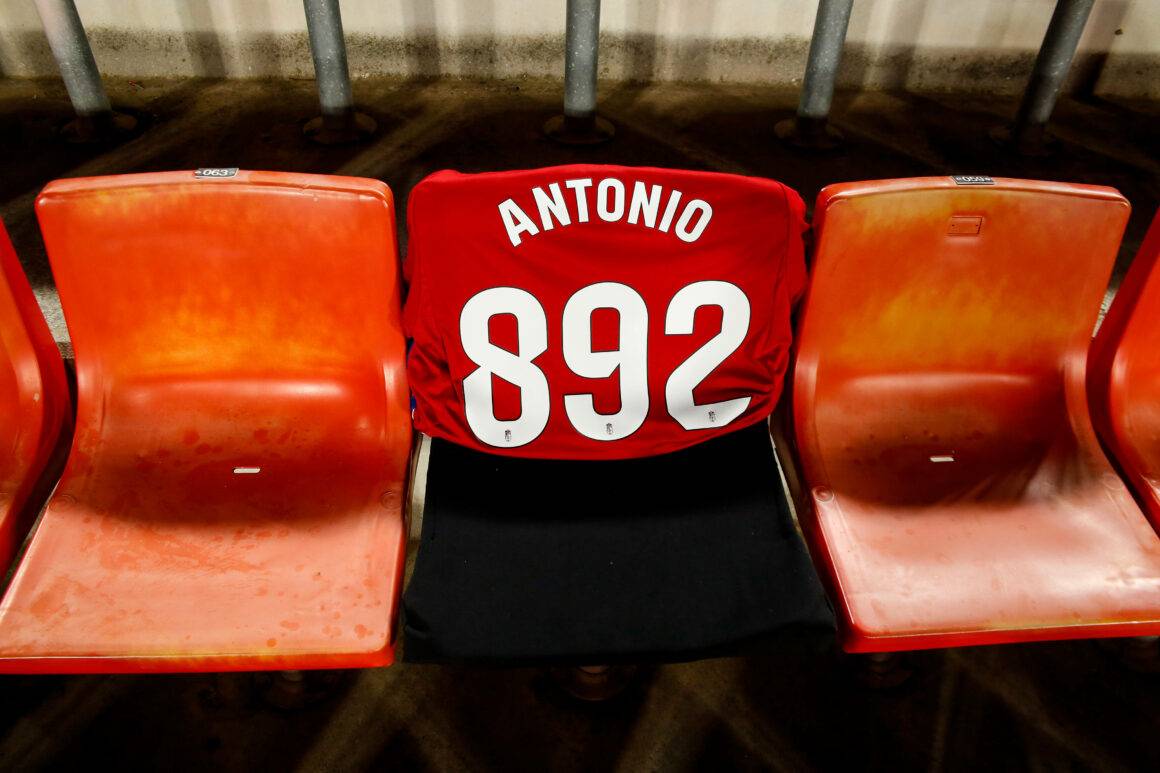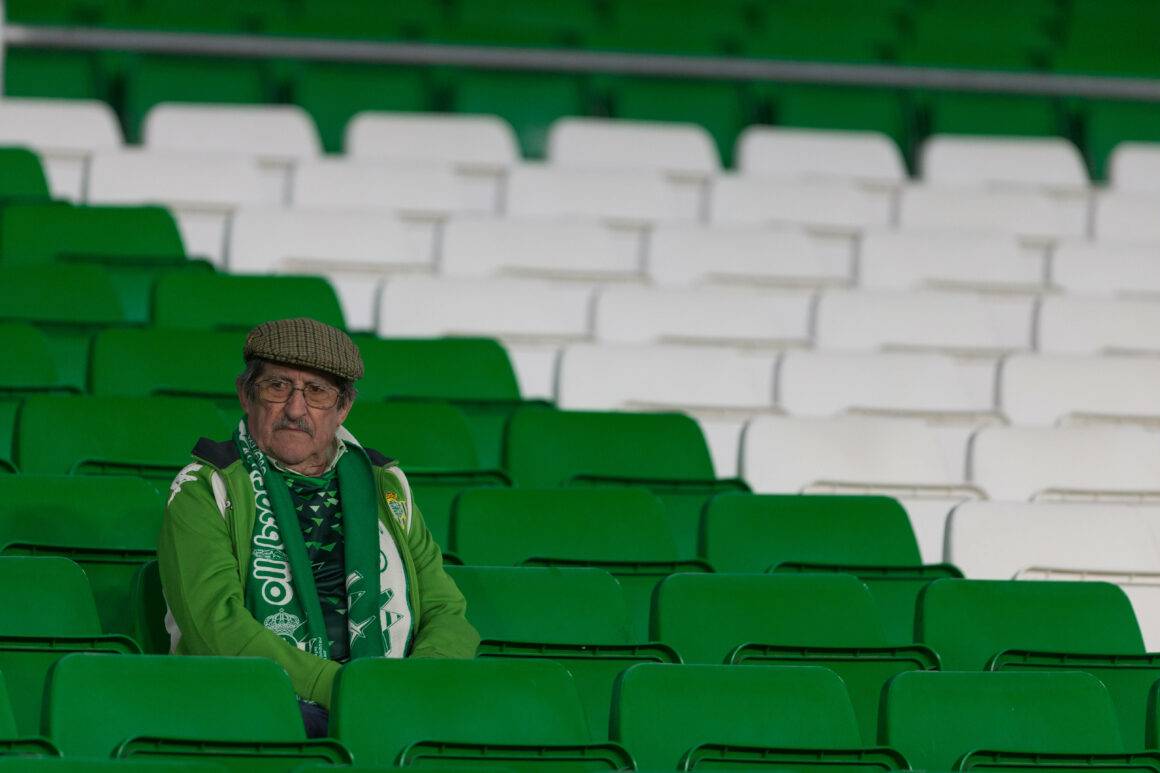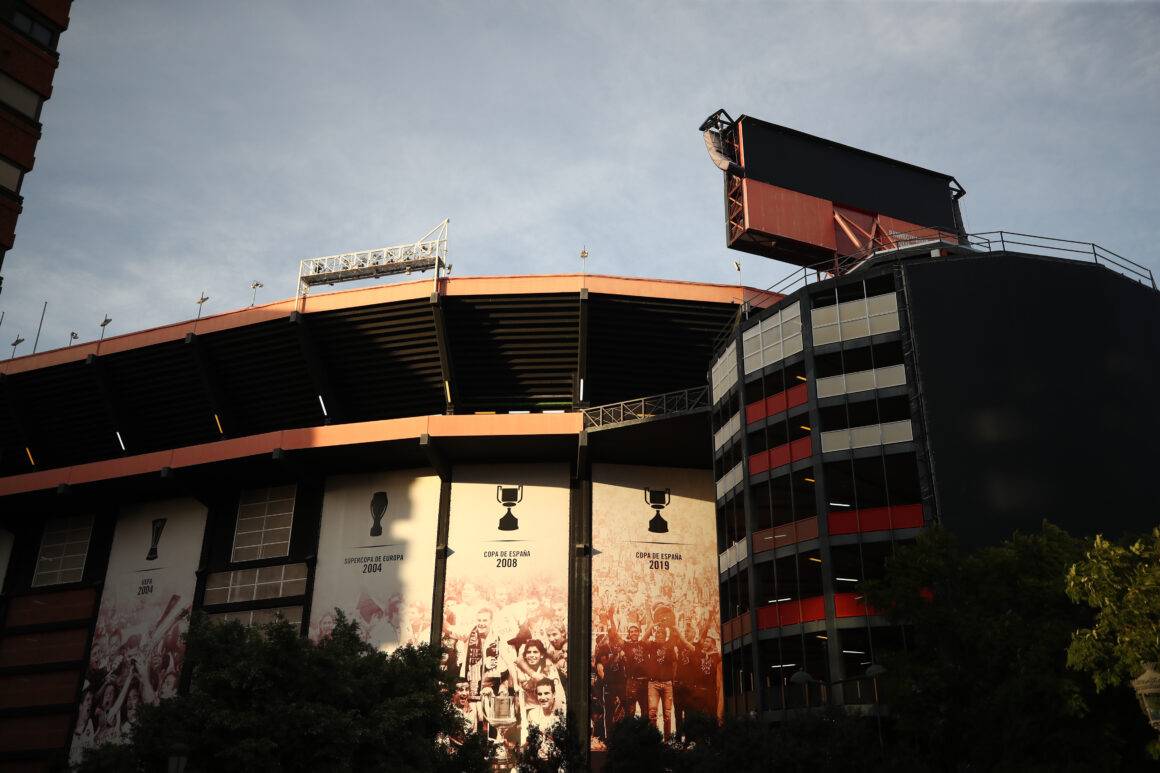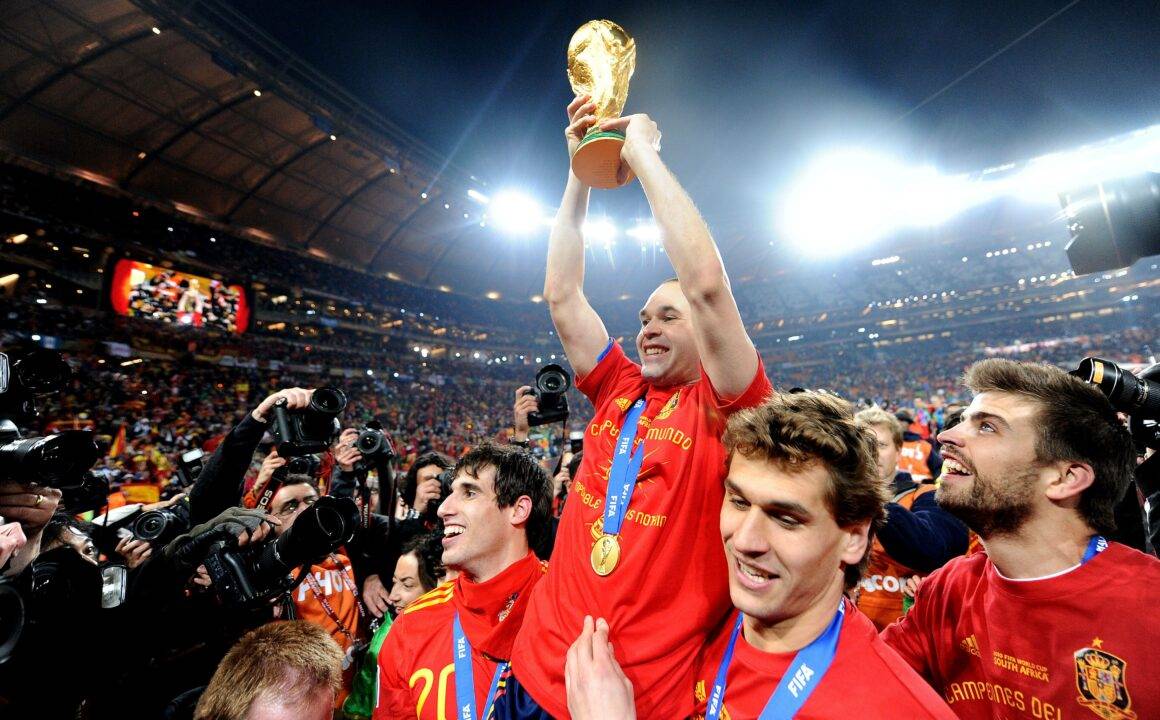From the San Mamés to the Mestalla thrives a land, where the sun sets late and buzzing football noise echoes through the lively calles and vibrant alleys. In Spain, the passion for football transcends the boundaries of mere fandom. In Madrid, Barcelona and every village in between, the spirit for fútbol runs deep in one’s soul.
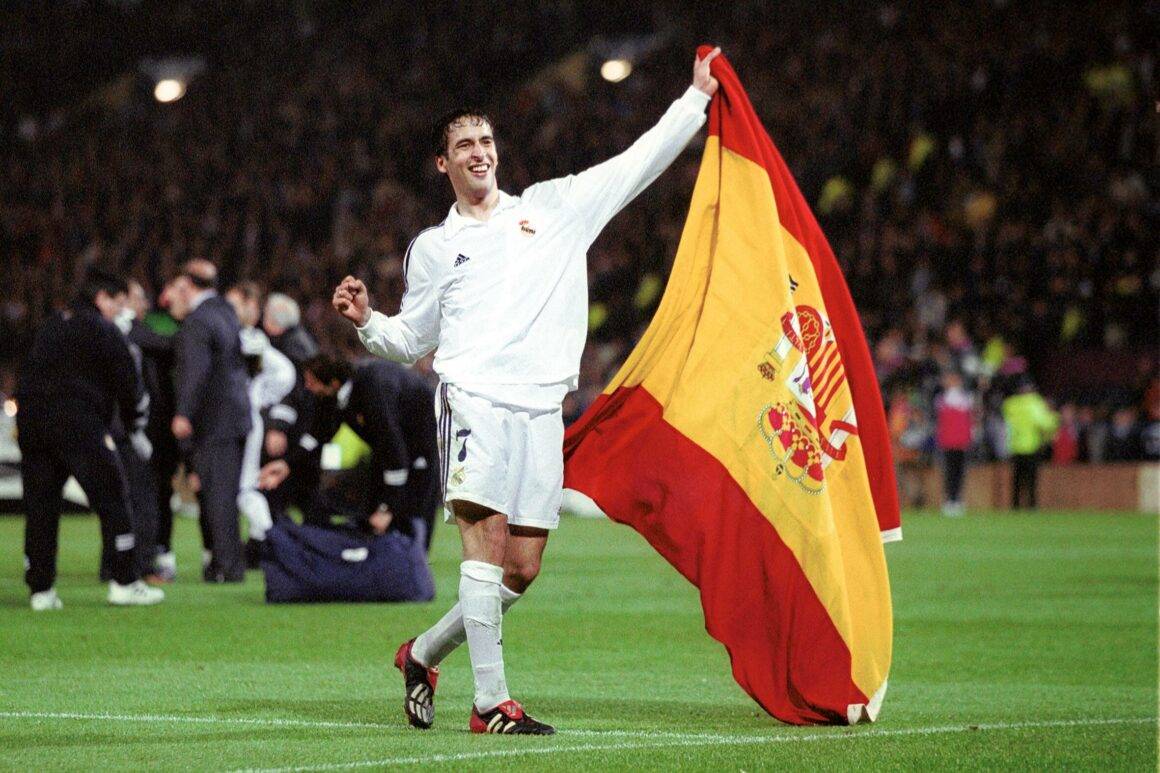
La Fiesta del Fútbol: The Vibrant Spanish Football Culture
In this cultural exploration of Spanish football, we dive into the soul of a nation where football is a language spoken by millions, a shared passion that connects generations and people from all walks of life. From the grassroots enthusiasm in local campos to the electric atmosphere of La Liga stadiums, we’ll connect visuals to the traditions and emotions that make football in Spain the captivating spectacle, celebrated across the globe.
Spanish Football Culture: The Matchday Mystique
Steep, overhanging stands characterize most stadiums in Spain, resulting in a unique atmosphere. Shouts and cheers bounce from side to side, barely escaping the Estadios, creating a noisy setting from kick-off. But while the 90 minutes in the stadium are important, the pre-match experience is equally vital to the aficionados (fans).
Fans gather in the local bars and pubs, to enjoy music, drinks, and pre-game snacks, anticipating kick-off and discussing players, tactics, and of course, the manager. Typical matchday snacks are Bocadillos, sandwiches with different toppings, most commonly jamón and queso (cured ham and cheese). Sunflower seeds, also known as Pipas, are another fan favorite, being a convenient stadium snack.
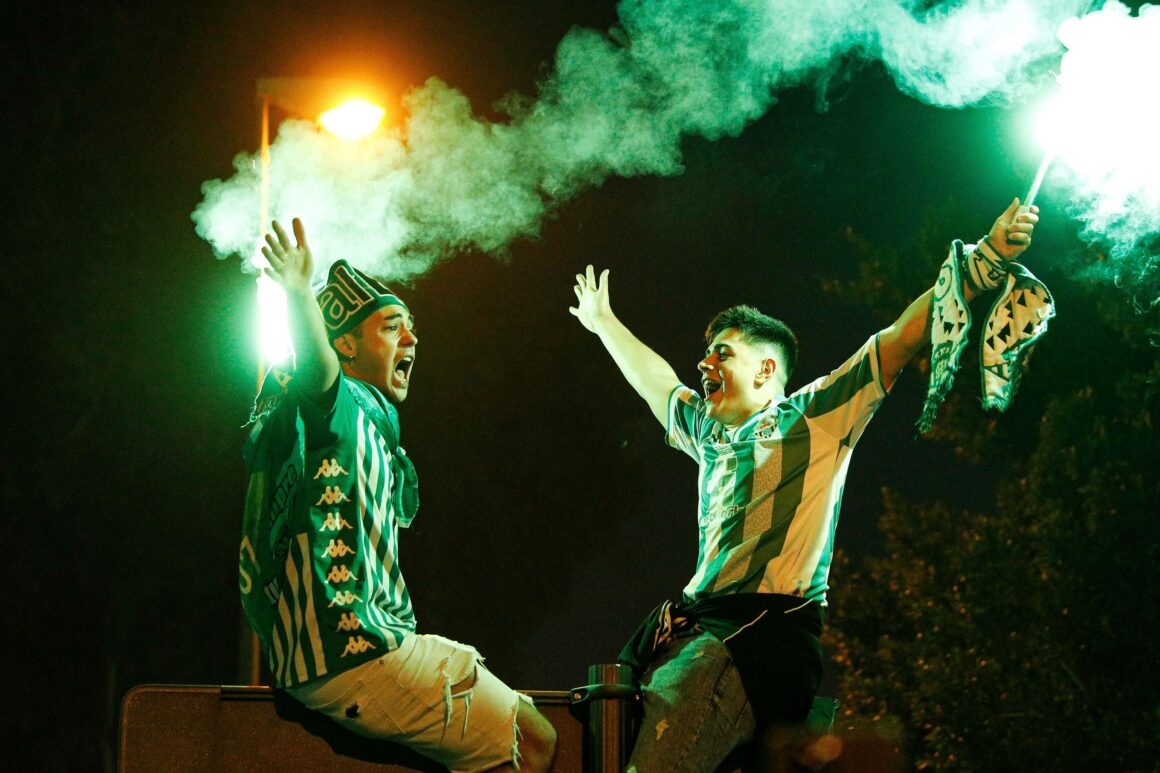
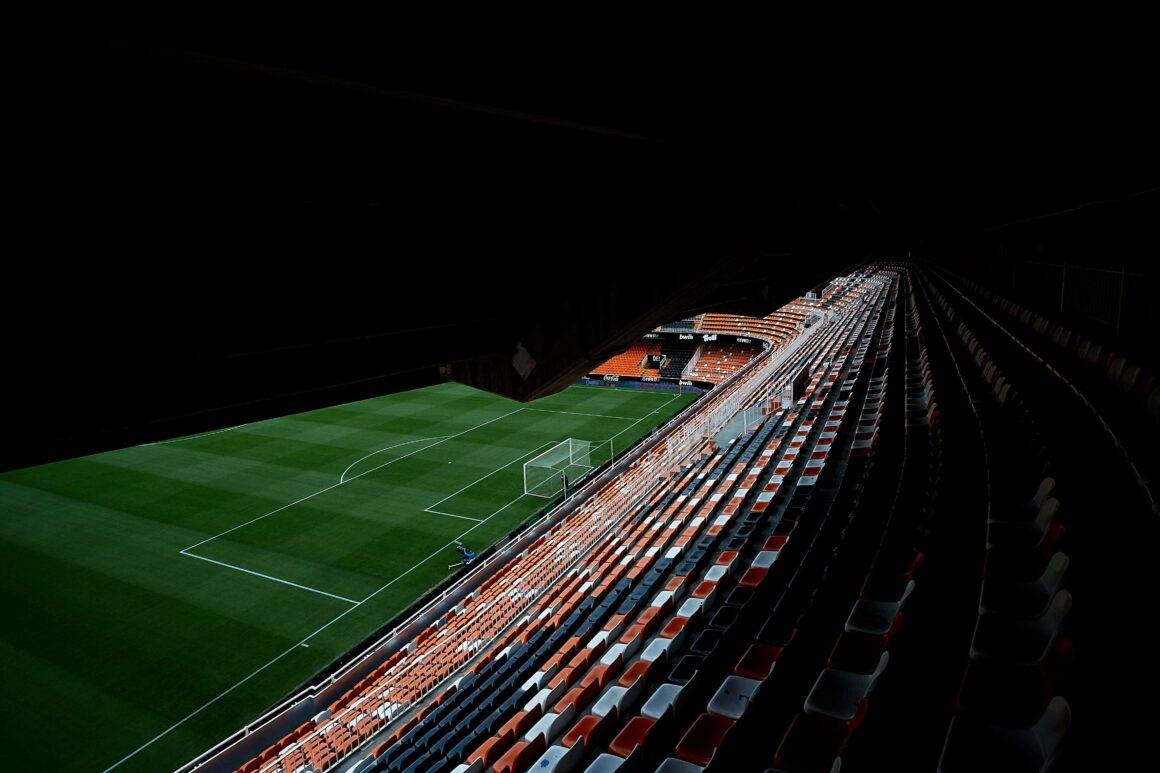
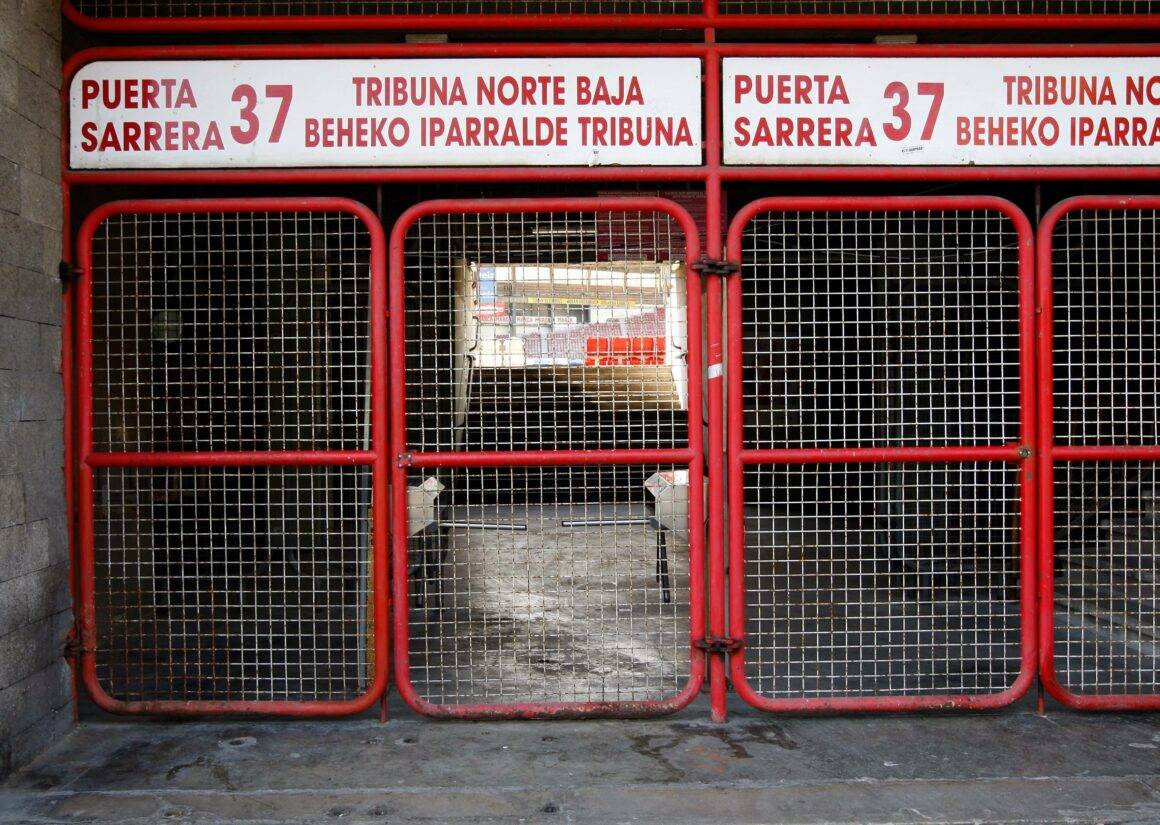
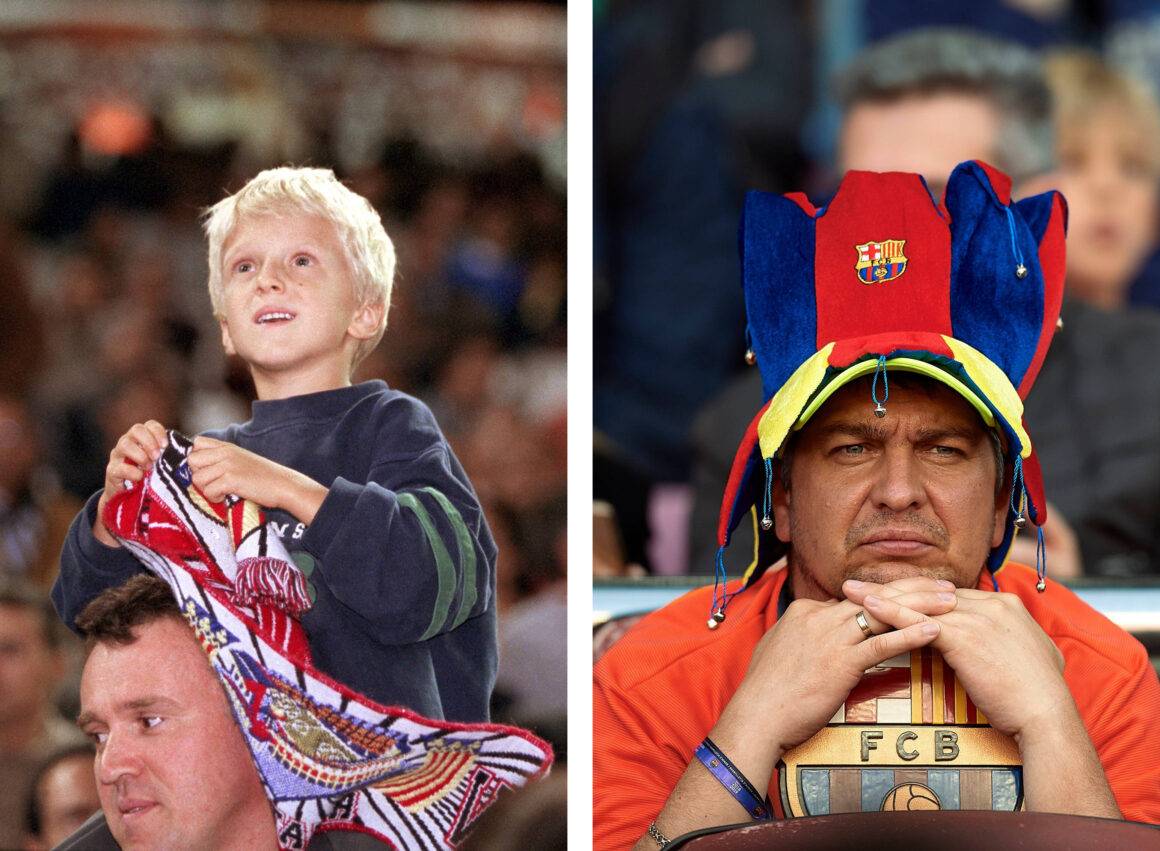
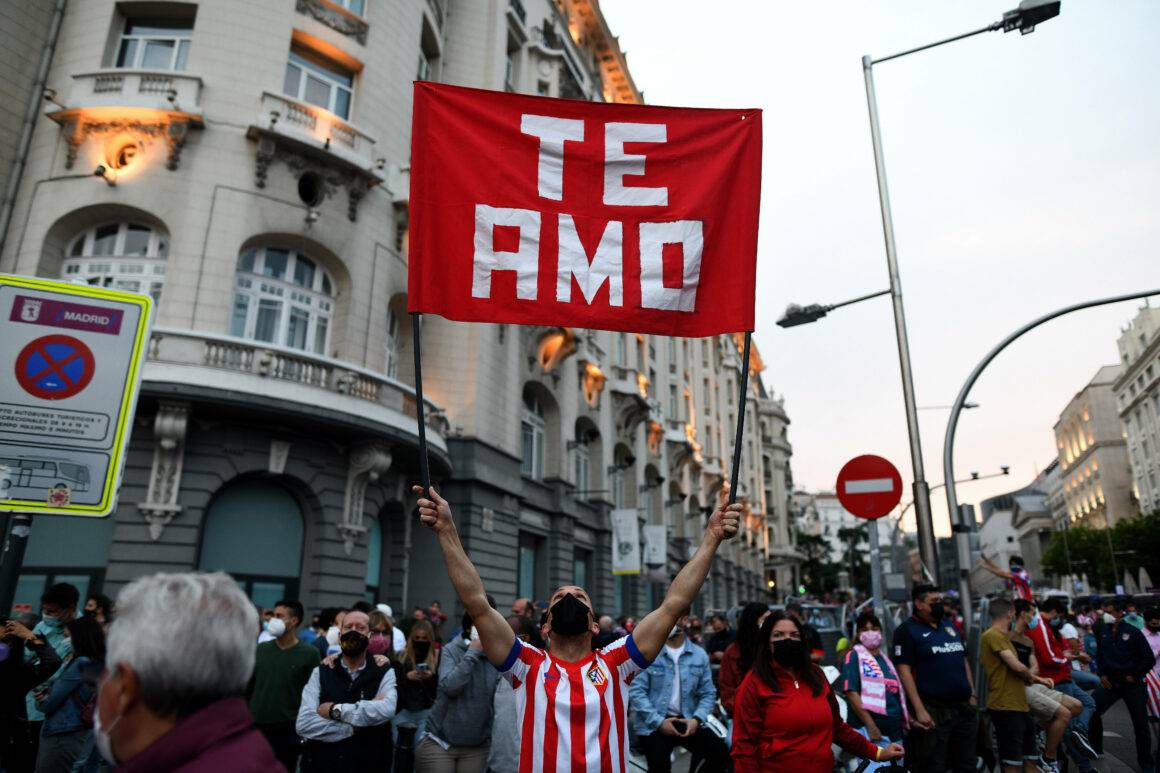
Matchdays are not just about the pure game of football but are deeply connected to a sense of family, friendship, and the same love for your local club, leading to special stories around the country, such as the one in Valencia in 2019.
Club member #18 is a Valencia veteran. Even after going blind, Vicente Navarro continued to go to the stadium for 34 years and never missed a single game. Now, he sits in the iconic Mestalla forever. After his passing, Valencia erected a life-size bronze statue, which now sits in his seat 164 in row 15.
I was his eyes. I’ve been at the stadium with him since I was six years old and have been a club member myself for more than 50 years.
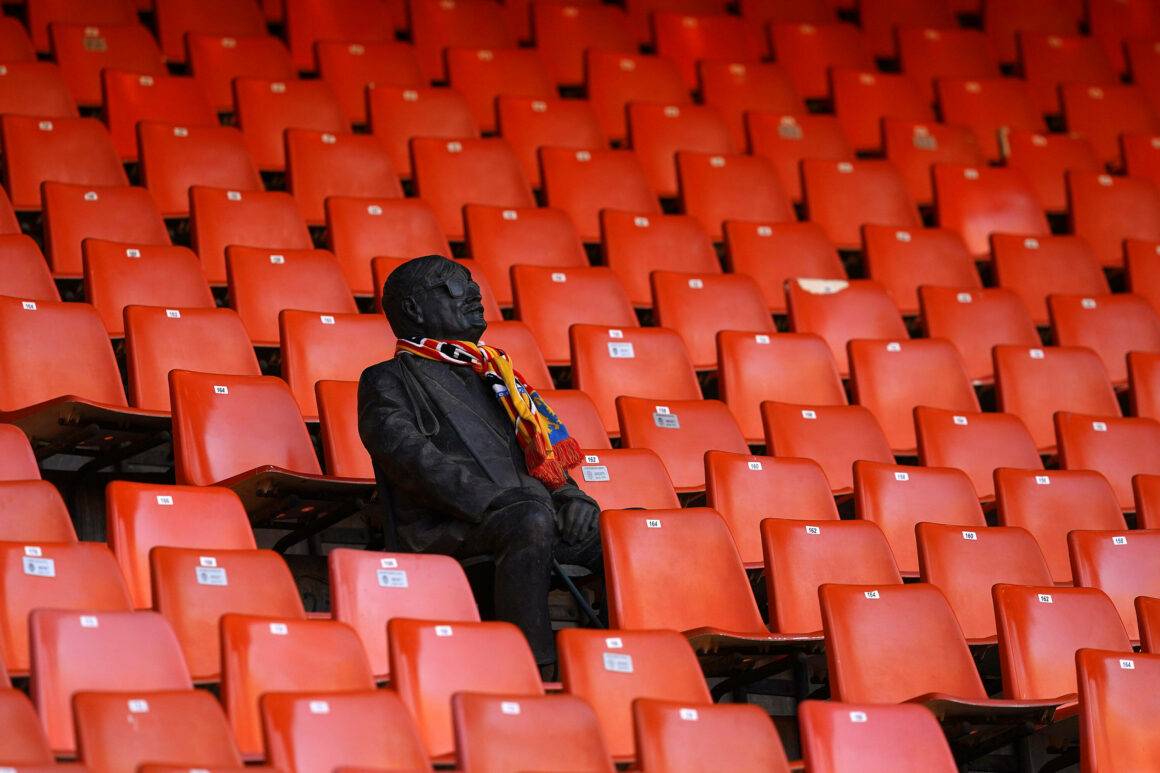
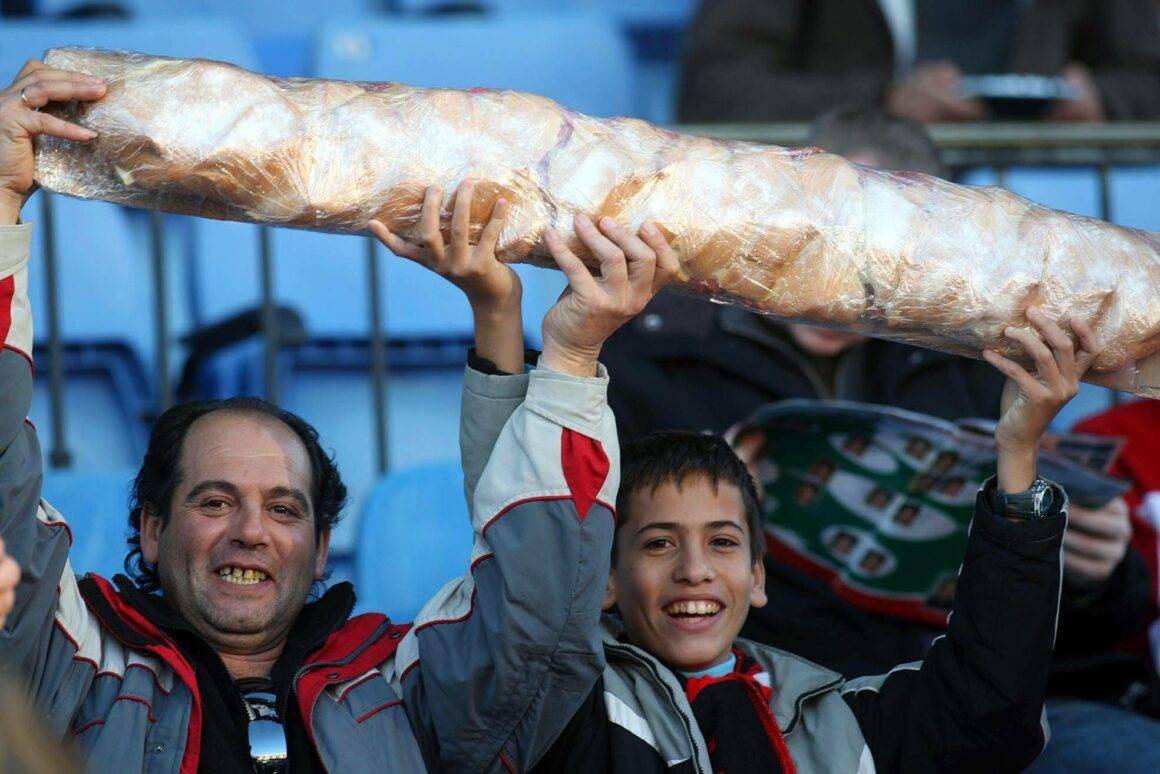
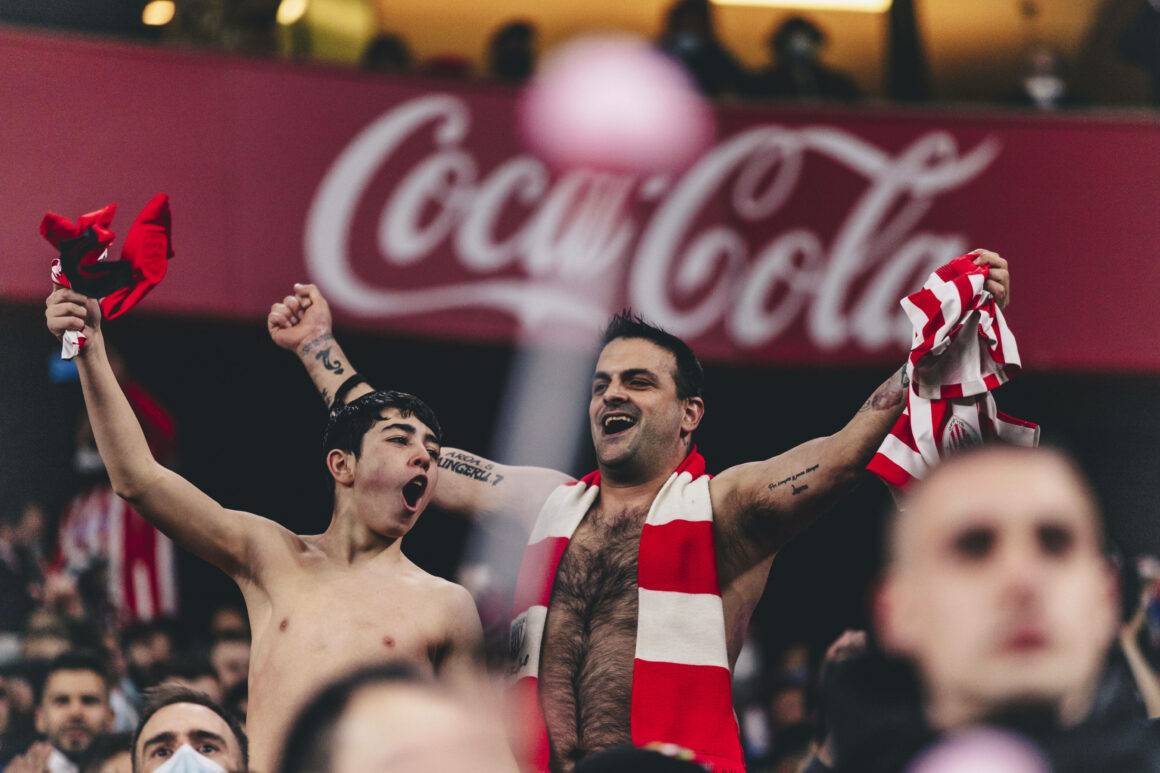
Spanish Football Culture: Las Leyendas
When talking about football in Spain, it is essential to mention some names in that context. In an era defined by some of the best football ever played on a pitch, legendary players like Xavi, Iniesta, Sergio Ramos and Fernando Torres left an incredible mark on the global game. Each of them brought something unique to the pitch, fanbases, and teams they played for, and they excelled in Spanish football in their own way. From winning their first international trophy at the Euros in 2008 in over 40 years, the Spanish national team was a dominant force at the following tournaments, winning the World Cup in 2010 and defending their Euros title at the 2012 edition.
The women’s game has also seen a complete turnaround in the recent decade, now uniting the best players in the world. Alexia Putellas and Aitana Bonmatí have risen to global fame because of their extraordinary talent, crowning themselves World Champions in 2023 for the first time.
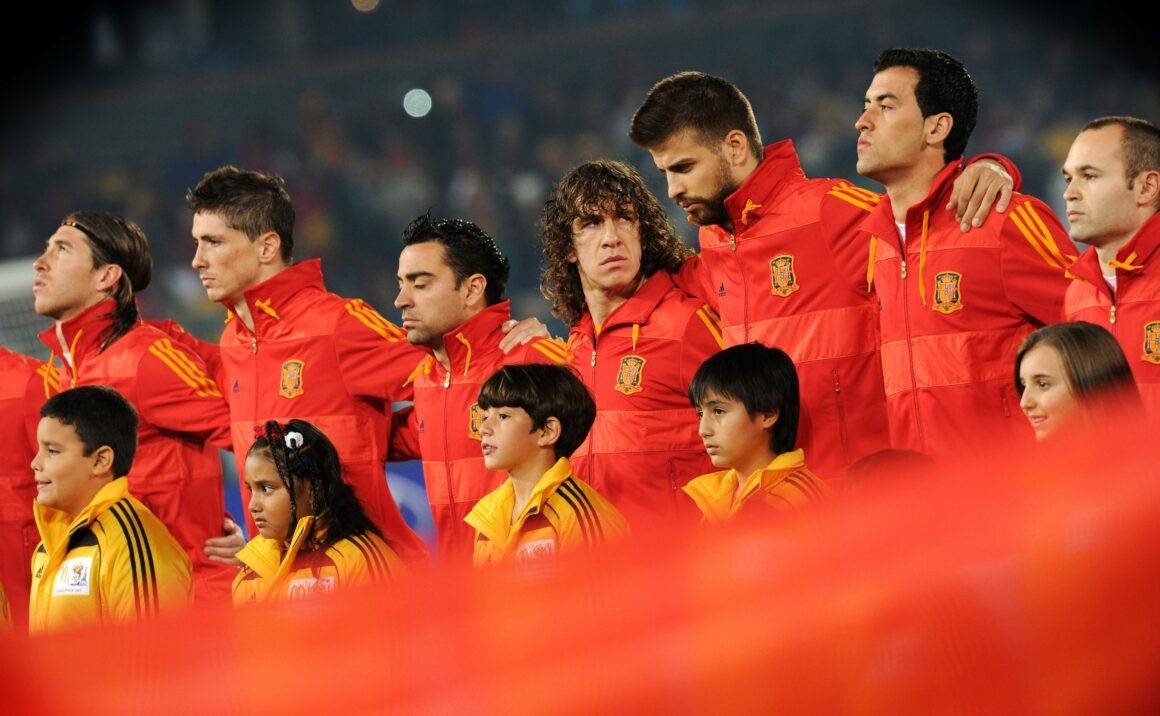
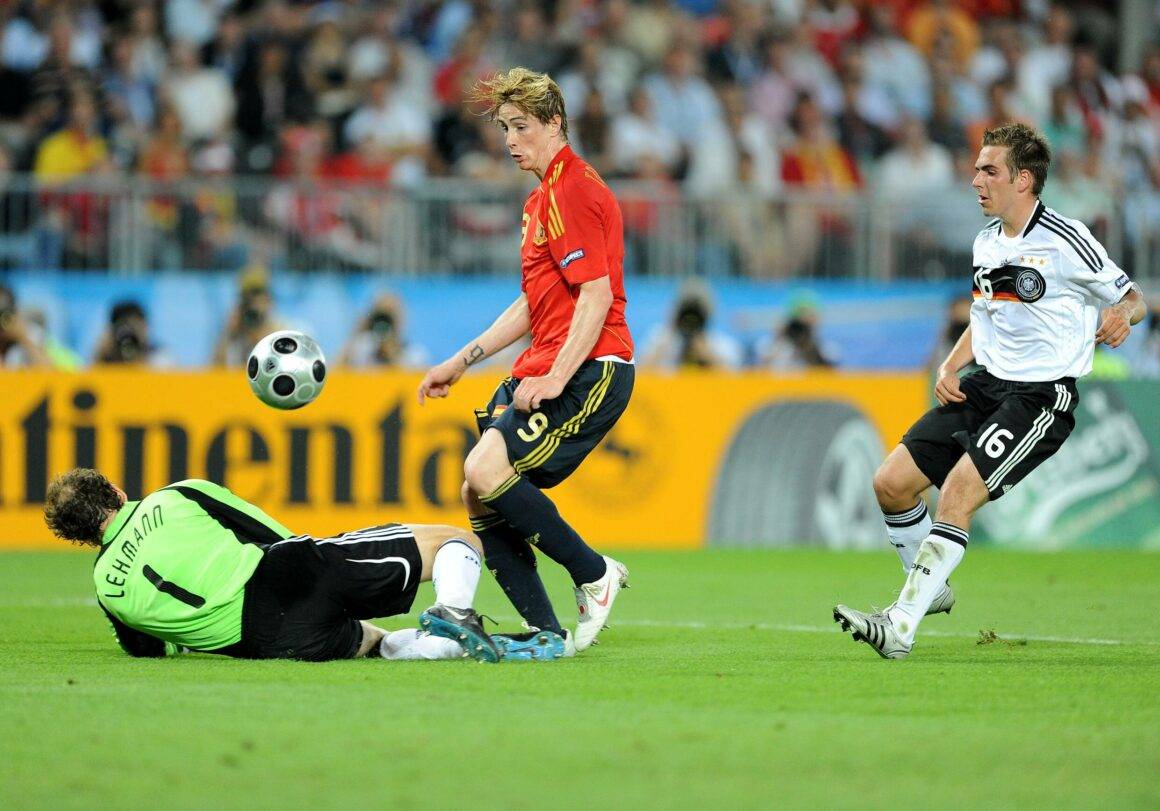

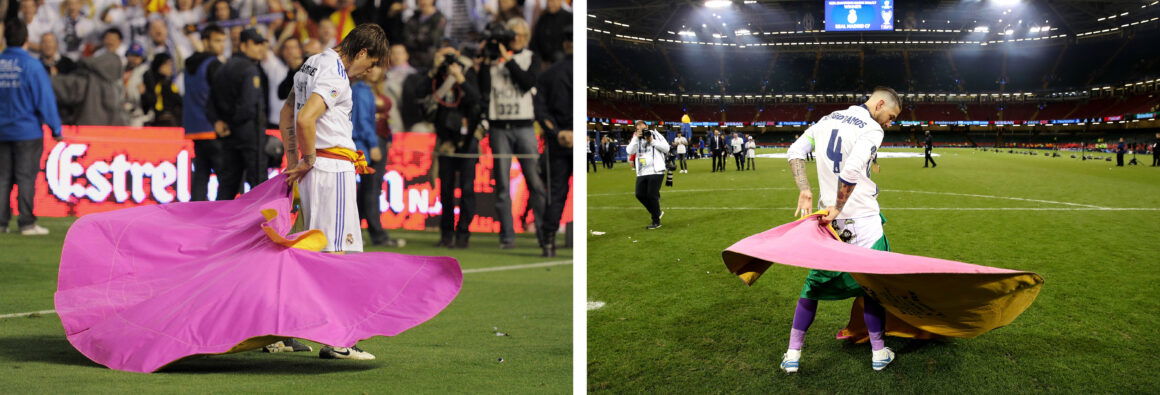
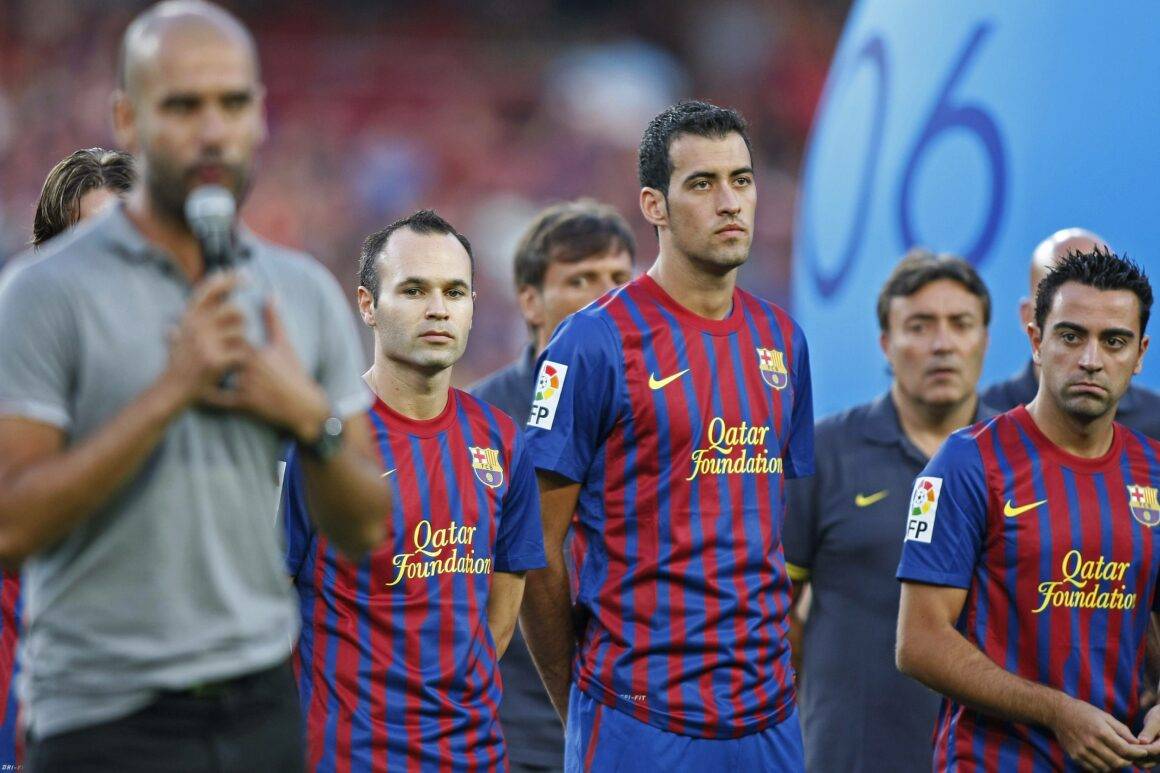


Homegrown Heroes
But Spanish football culture is not only about the most glamorous stars from FC Barcelona and Real Madrid can become icons here. The Spanish people have a soft spot for homegrown talents who represent their team’s colors with everything they have. One of those was the late Jose Antonio Reyes, who led Sevilla FC to three consecutive UEFA Europa League titles and played himself into the heart of the Sevillistas. He tragically passed away in 2019 at the age of 35 but will never be forgotten in the Estadio Ramón Sánchez Pizjuán.
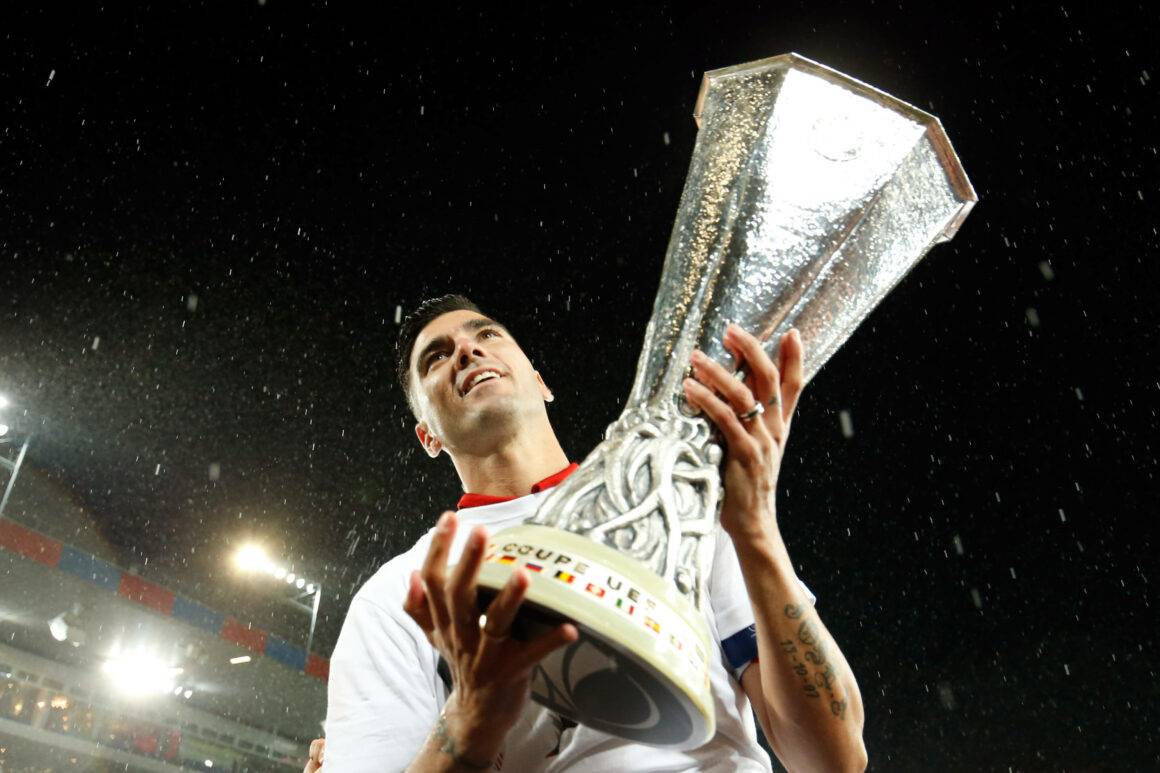
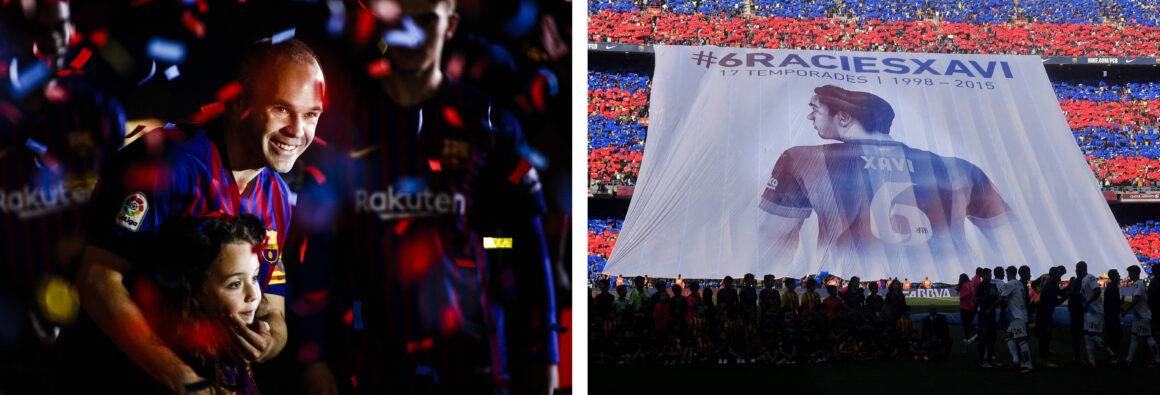
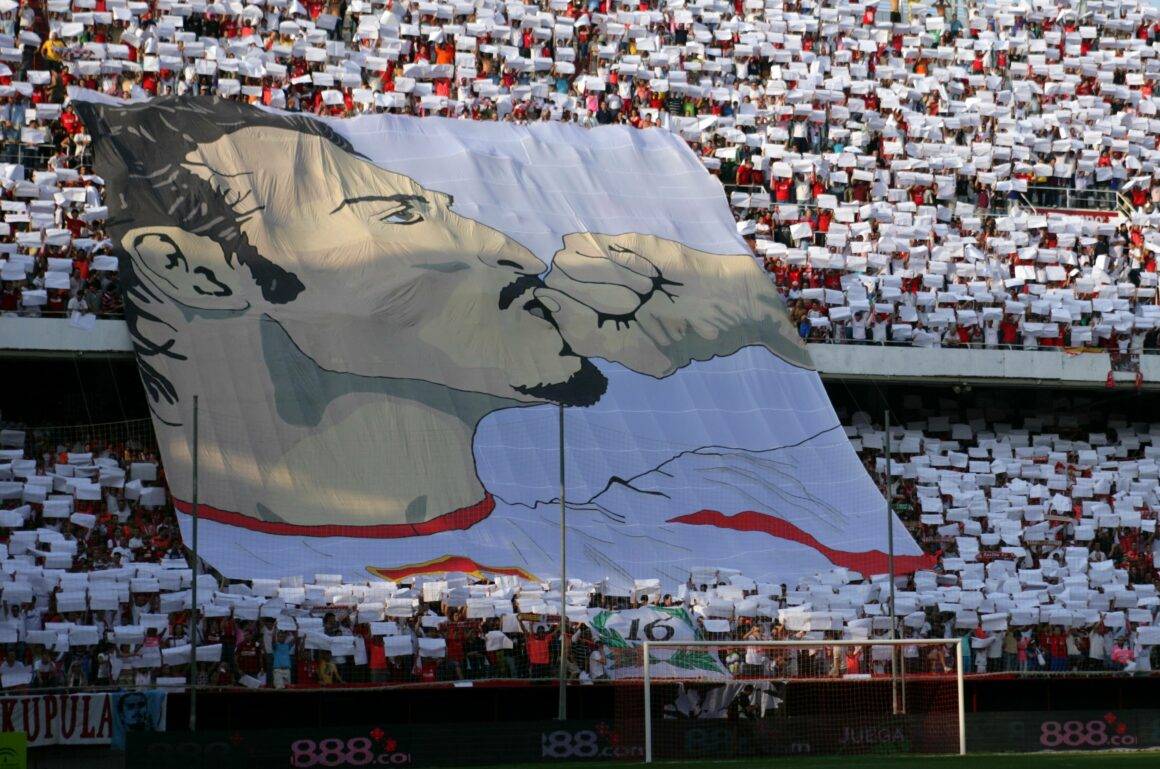
Believe in Basque
They never relegated and never changed their approach. The story of the Athletic Club from Bilbao in the Basque Country is world-exclusive. Since its founding, they have only lined up players who have been born or trained there or have family ties to the region. In a separate article, our writer Andy Murray has delved deeper into the story that is so deeply connected to the pride and emotional connection of the Basque people towards their region.

